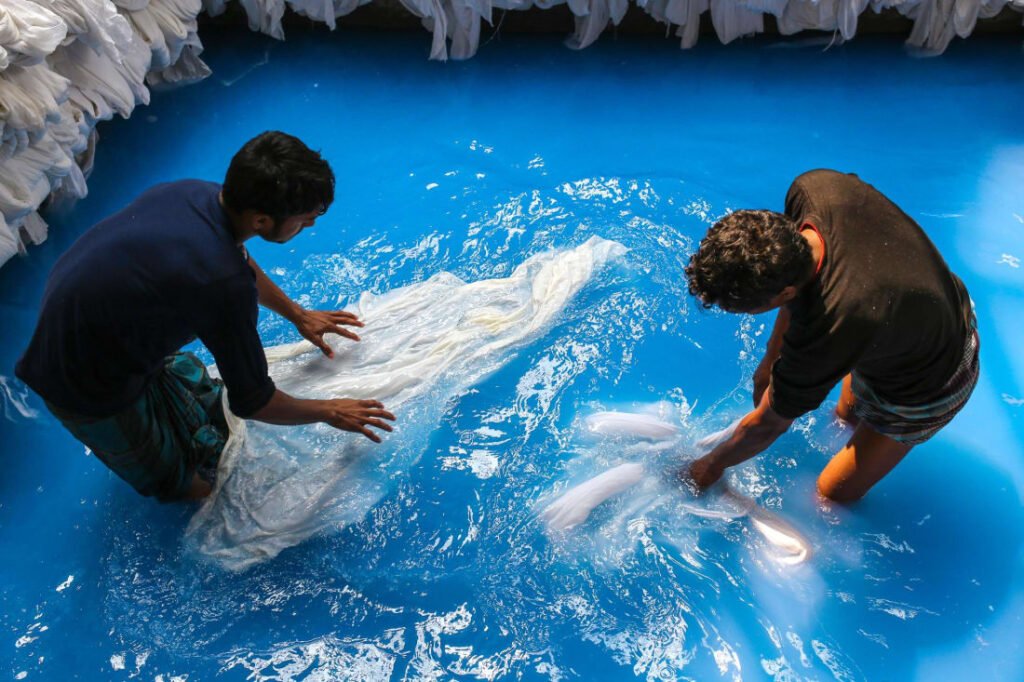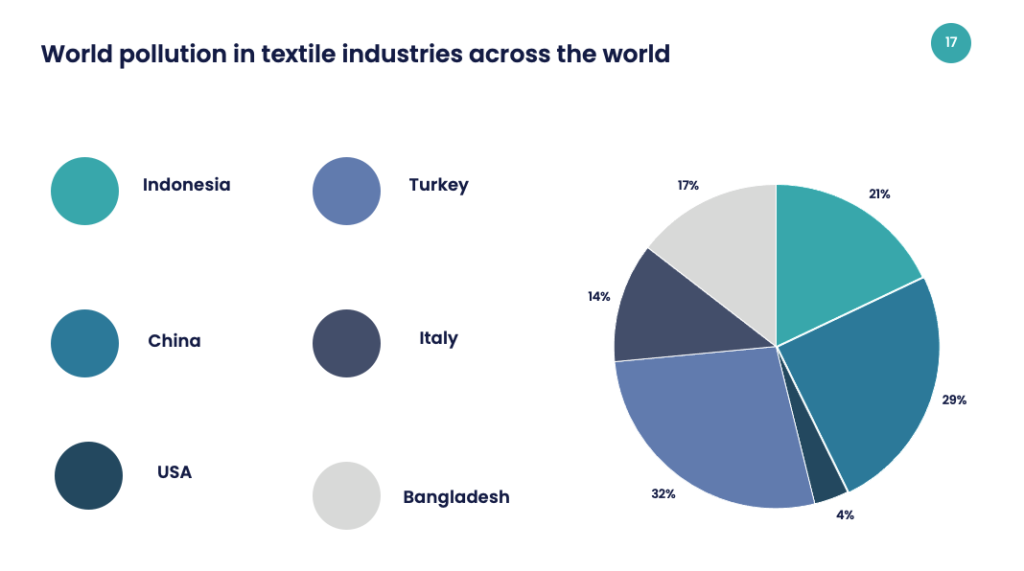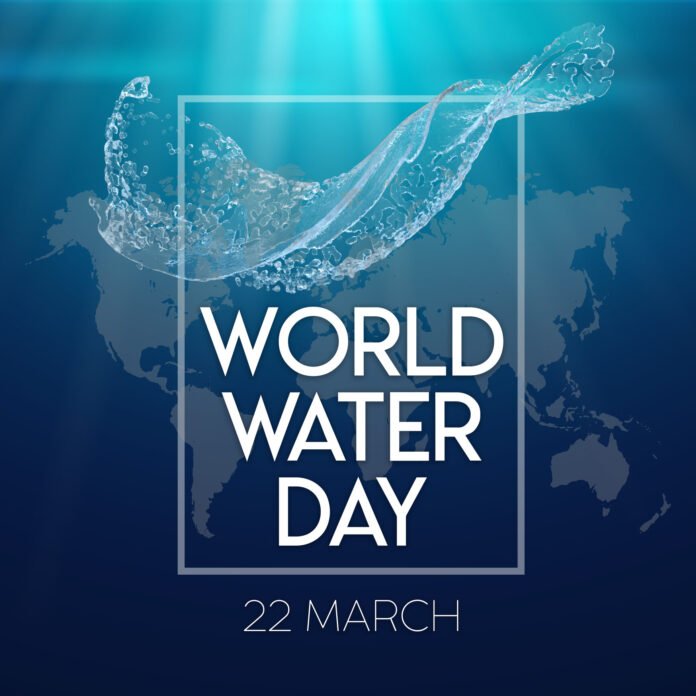Textile industries around the world are one of the most water-consuming, waste-water-producing, and polluting. This World Water Day, a day once in the year comes to unite everyone towards a common goal; to save the most precious resource in the world that is constantly emptying itself from the basket faster than we realize. What better day than today to ask oneself, how can I be the change I want to see?

This World Water Day is about accelerating change to solve the water and sanitation crisis. We need to take a moment to learn about the textile industry’s impact on our water sources. Water is an essential resource for most organizations and reducing its footprint brings a lot of benefits. The textile sector relies heavily on water for the processing of raw materials and the finishing of textiles. During these processes, dyes and chemicals are released into our waterways and contaminate the water sources that are vital for drinking, bathing, farming, and recreation. Synthetic fibers, such as polyester and polyamide, are also major contributors to water pollution. In total, up to 85% of textiles go into landfills each year. That’s enough to fill the Sydney harbor annually.
These fabrics are not biodegradable and can take hundreds of years to break down. They are also highly absorbent, which means that micro-plastics and other toxins on our waterways will cling to them. This can harm wildlife, contaminate drinking water, and spread toxins to other ecosystems. Moreover, textile dyeing is the second-largest polluter of water worldwide, with the fashion industry producing 20% of the world’s wastewater. Now more than ever, it is important for businesses to consider their water footprint and take steps to reduce it. Our actions can have a profound impact on our waterways.

According to WRI, an estimated 5 trillion liters of water are used in the dyeing process, and an estimated 48-144 billion square meters of fabric from factory waste ends up in landfills each year. It takes up to 10,000 liters of water to make a single pair of jeans, and about 2,500 liters to make a cotton shirt. This water is enough for a person to drink for 900 days. Overall, the industry is responsible for 20% of the world’s water pollution, which is enough water to quench the thirst of 110 million people for an entire year.
Meanwhile, waste and circular economy have become a major issue as the total amount of textile waste has increased 8-fold since 1960, with only 15% being recycled but 85% being incinerated or landfilled. In terms of carbon emissions, the industry is responsible for ~7-10% of the annual global emissions – which is more than all international flights and ocean shipping combined. By 2030, these greenhouse gas emissions will increase by more than 50%.
Despite various statistics echoed throughout the industry, it is near impossible to accurately sum up fashion’s impact on water – this is not helped by a lack of transparency upstream of the value chain, not only challenging identification of impact but also the necessary actions. Awareness needs to be raised so that brands and textile companies become more conscious of their business decisions that have detrimental effects on their surroundings.



